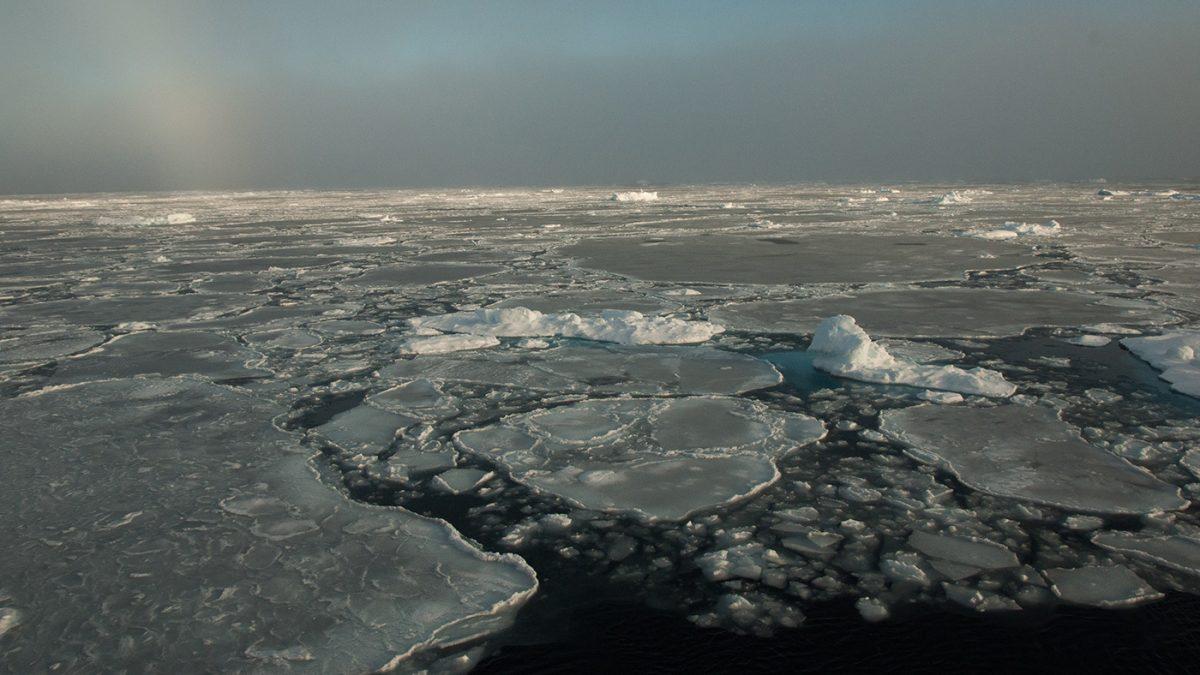According to the research of scientists in both the United States and China, the Earth has more happening beneath its surface than previously expected. Researchers and experts in geoscience have previously hypothesized that the Earth has four layers: the crust, the mantle, the outer core and the inner core. In the light of this new research, however, it would seem that the inner core has its own inner core.
Before approaching this new chapter in Earth’s history, it is important to understand what is already known about the inner core. One billion years ago, the core began to solidify as the center of the planet began an extremely gradual cooling process. Today it is approximately the size of the moon and grows about .5 mm every year.
A team of scientists from the University of Illinois Urbana-Champaign and Nanjing University in China began their study by looking at data from earthquakes that had occurred between 1992 and 2012. They focused specifically on two different types of waves created by the earthquakes that reached the core of the Earth. Near the equator, the two different waves had travel times that differed by approximately ten seconds. This discrepancy was something that the researchers decided should bear further investigation.
After analyzing the data, scientists concluded that the crystals making up the “core within the core” were aligned horizontally, whereas the crystals making up the rest of the inner core were aligned vertically in line with the North and South Pole.
Professor Xiaodong Song from the University of Illinois at Urbana-Champaign feels that this difference in crystalline orientation is potentially very important.
“Different structures at different regions of the inner core can tell us something about the very long history of the Earth,” Song said.
The new findings suggest that there is a fundamental difference in the formation of the newly discovered innermost core and the rest of the inner core, or a dramatic change at some point over the course of Earth’s history. One theory is that a shift in the magnetic field of the planet that occurred about 500 million years ago caused the poles and the equator to also shift. This could have been what skewed the orientation of the core.
Further study may help to confirm the idea of the magnetic shift, or a new theory could be produced to explain the variation of the crystal’s alignment. Either way, the discovery of the “core within a core” will be an important part of examining the geological evolution of Earth.
Photo courtesy of Creative Commons








Raul Caicedo | Feb 18, 2015 at 6:32 pm
Very important discovery. Scientists do not know how the magnetic field of the Earth is produced because all of them are subjet to ancient paradigms. Gradually Scientists MUST admit that the inner core of the earth is the coldest part of the planet with a temperature about the absolute zero. Inner core is a floating mass of solid oxygen with a empty space in its center with diameter of 824 miles. The magnetic properties of solid oxygen are even incomprehensible. Outer core is liquid oxygen. Dynamo Theory is a false myth.